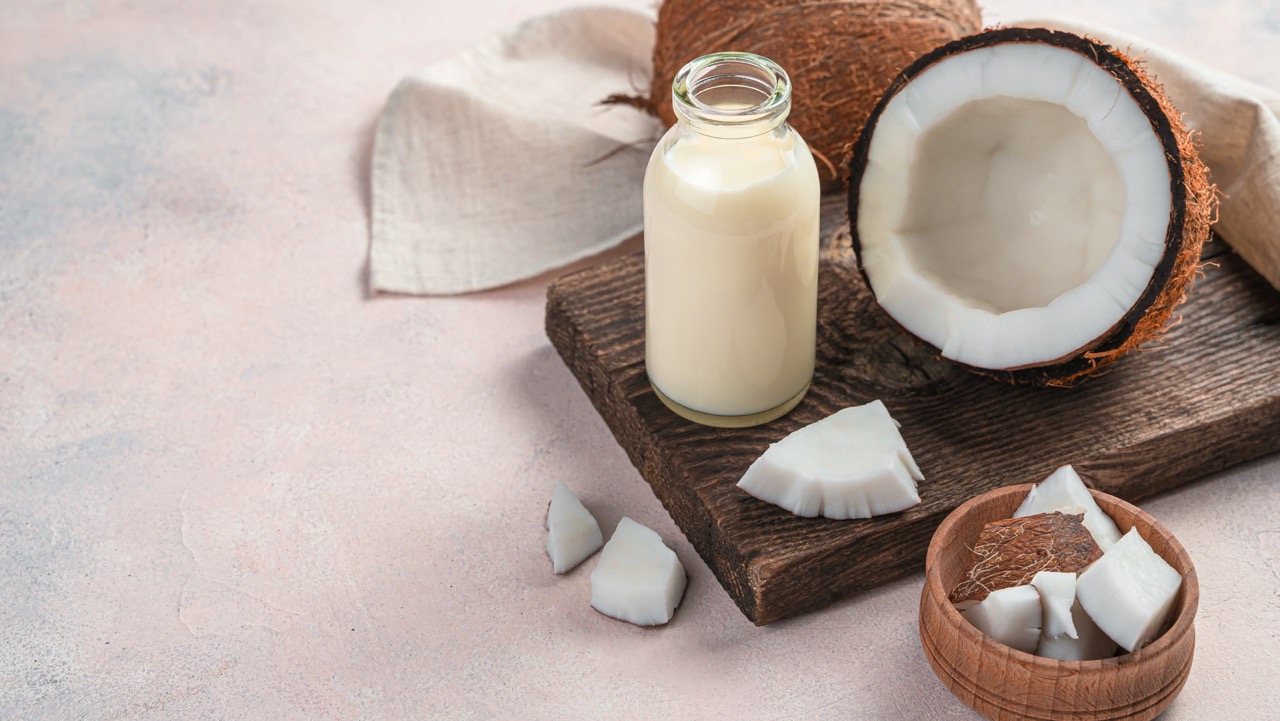

Articles
How To Store Leftover Coconut Milk
Modified: February 27, 2024
Learn how to store leftover coconut milk and keep it fresh for longer with these helpful articles. Discover convenient tips and tricks for preserving your coconut milk.
(Many of the links in this article redirect to a specific reviewed product. Your purchase of these products through affiliate links helps to generate commission for Storables.com, at no extra cost. Learn more)
Introduction
Coconut milk is a delicious and versatile ingredient commonly used in many cuisines around the world. Whether you’re making a spicy curry, a creamy dessert, or adding a splash to your morning coffee, coconut milk adds a rich and tropical flavor to your dishes.
However, sometimes you may find yourself with leftover coconut milk after using it in a recipe. Rather than letting it go to waste, it’s important to know how to store it properly so that you can enjoy the full benefits of this delectable ingredient.
In this article, we will explore why it’s essential to store leftover coconut milk, and provide you with two different methods to effectively store it – freezing and refrigerating. Additionally, we will share some valuable tips to ensure the freshness and quality of your stored coconut milk.
So, let’s dive in and discover the best ways to store leftover coconut milk!
Key Takeaways:
- Don’t let leftover coconut milk go to waste! Properly storing it reduces food waste, saves money, and adds convenience and versatility to your culinary creations.
- Whether freezing for long-term storage or refrigerating for short-term use, follow these tips to ensure your leftover coconut milk stays fresh, delicious, and ready to enhance your recipes.
Read more: How To Store Coconut Milk
Why Should You Store Leftover Coconut Milk?
Coconut milk is a versatile ingredient, but it often comes in larger cans or cartons than what is needed for a single recipe. Instead of wasting the unused portion, it’s important to store the leftover coconut milk properly. Here are a few reasons why you should store your leftover coconut milk:
- Reduce Food Waste: Storing leftover coconut milk allows you to minimize food waste and make the most of your ingredients. By properly storing the unused portion, you can extend its shelf life and use it in future recipes.
- Cost Savings: Coconut milk can be expensive, especially if you opt for high-quality or specialty brands. By storing the leftover coconut milk, you can save money by using it for future culinary creations instead of purchasing a new can or carton.
- Convenience: Having leftover coconut milk on hand means that you’re always prepared to whip up a quick curry or add a creamy touch to your morning smoothie. It saves you time and effort by eliminating the need to run to the store every time a recipe calls for coconut milk.
- Versatility: Coconut milk can be used in a wide range of recipes, both sweet and savory. By having it readily available in your fridge or freezer, you can easily incorporate it into different dishes and experiment with new flavors and culinary creations.
By storing your leftover coconut milk, you not only reduce waste, but also save money, have the convenience of a pantry staple, and allow yourself the freedom to explore a variety of recipes. Now that we know why it’s important to store leftover coconut milk, let’s explore the best methods to ensure its freshness and quality.
How to Properly Store Leftover Coconut Milk
Properly storing leftover coconut milk is crucial to maintain its quality and extend its shelf life. There are two main methods for storing leftover coconut milk – freezing and refrigerating. Let’s take a closer look at each method:
Option 1: Freezing Coconut Milk
Freezing coconut milk is a great way to preserve it for an extended period. Here’s how to do it:
- Transfer the leftover coconut milk into airtight containers, leaving some space at the top as the liquid tends to expand when frozen.
- Seal the containers tightly to prevent any air from entering and causing freezer burn.
- Label the containers with the date of freezing to keep track of its freshness.
- Place the containers in the freezer, making sure they are stored upright to avoid any leakage.
Frozen coconut milk can last for up to six months, retaining its flavor and texture. When you’re ready to use the frozen coconut milk, simply thaw it in the refrigerator overnight and give it a good shake before incorporating it into your recipes.
Option 2: Refrigerating Coconut Milk
If you plan to use the leftover coconut milk within a few days, refrigeration is a suitable method. Follow these steps:
- Pour the remaining coconut milk into a clean, airtight container.
- Seal the container tightly to prevent any odors from seeping in and impacting the flavor.
- Store the container in the refrigerator, preferably on the middle shelf where the temperature is most consistent.
Refrigerated coconut milk can typically last up to four to five days. Remember to give it a gentle shake before using, as separation may occur during storage.
Now that you know how to properly store leftover coconut milk, let’s explore some valuable tips to ensure its freshness and quality.
Read more: How To Store Canned Coconut Milk
Option 1: Freezing Coconut Milk
Freezing coconut milk is a simple and effective method to preserve its freshness for an extended period. Here’s how you can freeze your leftover coconut milk:
- Transfer the remaining coconut milk into airtight containers or ice cube trays. Be sure to leave some space at the top to allow for expansion as the liquid freezes.
- If using containers, ensure they are made of freezer-safe materials and have a tight-sealing lid. If using ice cube trays, fill each compartment with coconut milk.
- Seal the containers or cover the ice cube trays with plastic wrap or aluminum foil to prevent freezer burn and protect the flavor of the coconut milk.
- Label the containers or trays with the date of freezing. This will help you keep track of the freshness and avoid using expired coconut milk.
- Place the containers or trays in the freezer, ensuring they are stored upright to prevent leakage. For easier organization, you can stack the containers or place the ice cube trays in a freezer bag.
Frozen coconut milk can be stored for up to six months without significant loss of quality, though it’s best to use it within three months for optimal taste.
When you’re ready to use the frozen coconut milk, there are a few methods to thaw it:
- Refrigerator thawing: Transfer the container of frozen coconut milk to the refrigerator and let it thaw overnight or for several hours. This slow thawing process helps maintain the texture and flavor of the coconut milk.
- Water bath thawing: Place the sealed container of frozen coconut milk in a bowl of cold water. Change the water every 30 minutes, ensuring the coconut milk is fully submerged. This method thaws the coconut milk more quickly, but be cautious not to let water seep into the container.
After thawing, give the coconut milk a good shake or mix it thoroughly to reincorporate any separated fats. Frozen coconut milk may appear slightly grainy in texture, but this will not affect its usability in recipes.
Freezing coconut milk is an excellent option for preserving your leftover coconut milk and having it readily available for future culinary endeavors. Now that you know how to freeze coconut milk, let’s move on to the second option – refrigerating it.
Option 2: Refrigerating Coconut Milk
Refrigerating coconut milk is a convenient option if you plan to use the leftover portion within a few days. Here’s how to properly refrigerate your coconut milk:
- Transfer the remaining coconut milk from the original container to a clean, airtight container. Glass jars or plastic containers with tight-fitting lids work well for this purpose.
- Ensure that the container is clean and dry before pouring the coconut milk into it. This helps maintain the quality and freshness of the milk.
- Seal the container tightly to prevent any odors from other food items in the refrigerator from seeping in and affecting the flavor of the coconut milk.
- Place the container in the refrigerator, preferably on the middle shelf where the temperature is most consistent. Avoid placing it near foods with strong odors, as coconut milk can absorb other flavors.
When properly refrigerated, coconut milk can typically last for four to five days. It’s important to note that separation may occur during storage. Before using the refrigerated coconut milk, give it a gentle shake or stir to recombine the fats and liquids.
Refrigerated coconut milk may thicken slightly due to the cooling process, but this is normal and does not impact its usability in recipes. The texture and flavor should still be smooth and creamy.
If you notice any changes in odor, appearance, or texture, or if the coconut milk has been in the refrigerator for more than five days, it is best to discard it to ensure your safety and the quality of your dishes.
Refrigerating leftover coconut milk is a practical method to keep it fresh for short-term use, allowing you to easily incorporate it into recipes throughout the week. Now that you know how to refrigerate coconut milk, let’s move on to some tips for storing leftover coconut milk.
Store leftover coconut milk in an airtight container in the refrigerator for up to 4-6 days. If you won’t use it within that time, freeze it in an ice cube tray for easy portioning in future recipes.
Tips for Storing Leftover Coconut Milk
Proper storage is key to maintaining the freshness and quality of leftover coconut milk. Here are some helpful tips to ensure the best storage practices:
- Use Clean Containers: Make sure the containers or storage vessels you use are clean and dry before pouring the coconut milk into them. Any residual contaminants or moisture can lead to spoilage.
- Airtight Sealing: Opt for airtight containers or storage jars with tight-fitting lids to prevent air from entering and to keep the coconut milk fresh. This helps to avoid potential oxidation and flavor degradation.
- Date Labeling: Always label the containers with the date of storage. This helps you keep track of its freshness and ensures that you use the oldest coconut milk first.
- Separation: Coconut milk tends to separate when stored. Before using the milk, give it a gentle shake or stir to recombine the fats and liquids and restore its original consistency.
- Avoid Contamination: Avoid using utensils or pouring directly from the original container into the storage vessel to prevent cross-contamination. Instead, use a clean spoon or measuring cup to transfer the coconut milk.
- Keep Refrigerated: If you decide to refrigerate the leftover coconut milk, store it on the middle shelf of the refrigerator where the temperature is most consistent. This helps maintain its quality and freshness.
- Freeze in Small Portions: If freezing coconut milk, consider freezing it in smaller portions, such as an ice cube tray or small containers. This allows for easier portioning when you need smaller amounts for recipes.
- Thawing Carefully: When thawing frozen coconut milk, use the refrigerator or a cold water bath. Avoid using the microwave, as it may cause uneven thawing and affect the texture of the milk.
- Scent and Appearance: Always inspect the stored coconut milk before using it. If you notice any unusual odor, discoloration, or signs of spoilage, it’s best to discard it to ensure your safety.
By following these tips, you can ensure that your leftover coconut milk stays fresh, delicious, and safe to consume. Now you’re ready to make the most out of every can or carton of coconut milk that you use in your recipes!
Conclusion
Properly storing leftover coconut milk is essential to prevent waste and ensure that you can enjoy its creamy goodness in various recipes. Whether you choose to freeze or refrigerate the leftover coconut milk, following the correct storage methods will help maintain its quality and flavor.
Freezing coconut milk is an excellent option if you have a larger quantity that you won’t be able to use within a few days. By transferring it to airtight containers or ice cube trays, you can easily thaw the desired amount when needed. Frozen coconut milk can last for several months without losing its flavor and texture.
If you plan to use the leftover coconut milk within a shorter timeframe, refrigeration is a convenient choice. Transferring it to a clean, airtight container and storing it in the refrigerator will keep it fresh for up to five days. Just remember to give it a gentle shake before using to mix any separated fats.
Remember to use clean containers, seal them tightly, and label them with the date of storage. Following these simple tips will help you keep track of the freshness of your coconut milk and ensure its quality.
Whether you’re making curries, smoothies, or desserts, having stored coconut milk on hand provides convenience, cost savings, and versatility in your culinary creations. By following the proper storage techniques outlined in this article, you can maximize the usage of leftover coconut milk while minimizing waste.
So, the next time you find yourself with leftover coconut milk, don’t let it go to waste. Take advantage of the freezing or refrigerating methods and keep the delicious taste of coconut milk at your fingertips.
Now, go ahead and make the most out of every can or carton of coconut milk, knowing that you have the knowledge to store it properly and make your meals even more delightful!
Frequently Asked Questions about How To Store Leftover Coconut Milk
Was this page helpful?
At Storables.com, we guarantee accurate and reliable information. Our content, validated by Expert Board Contributors, is crafted following stringent Editorial Policies. We're committed to providing you with well-researched, expert-backed insights for all your informational needs.
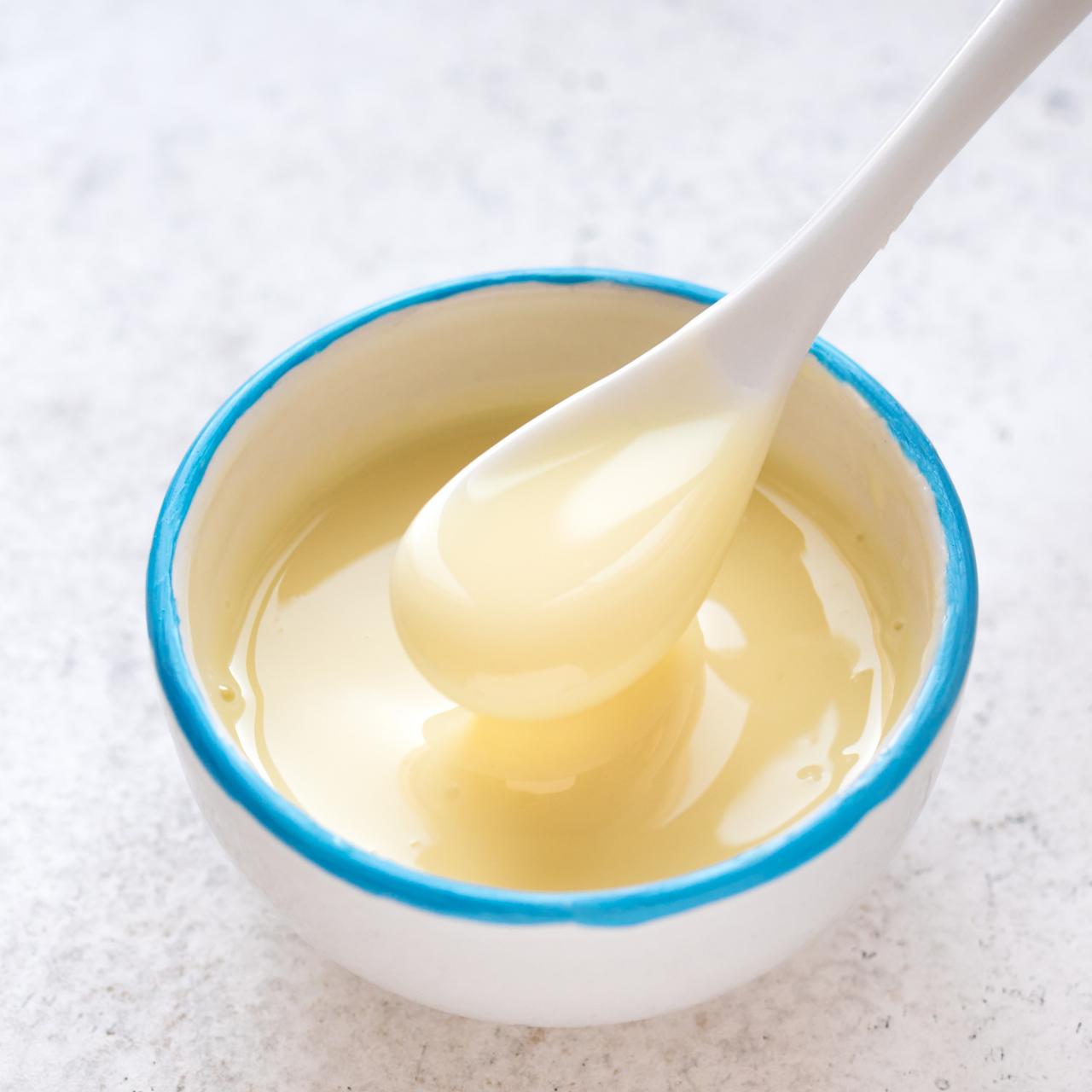
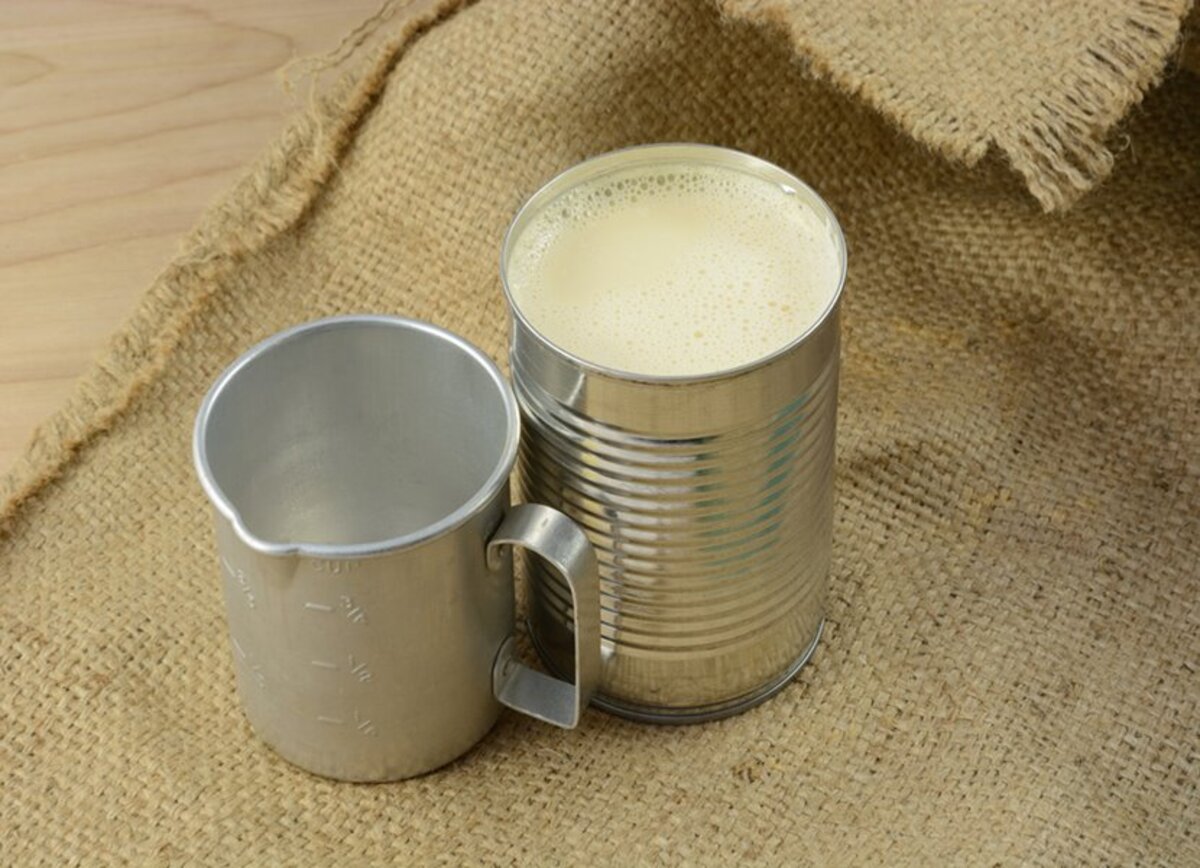
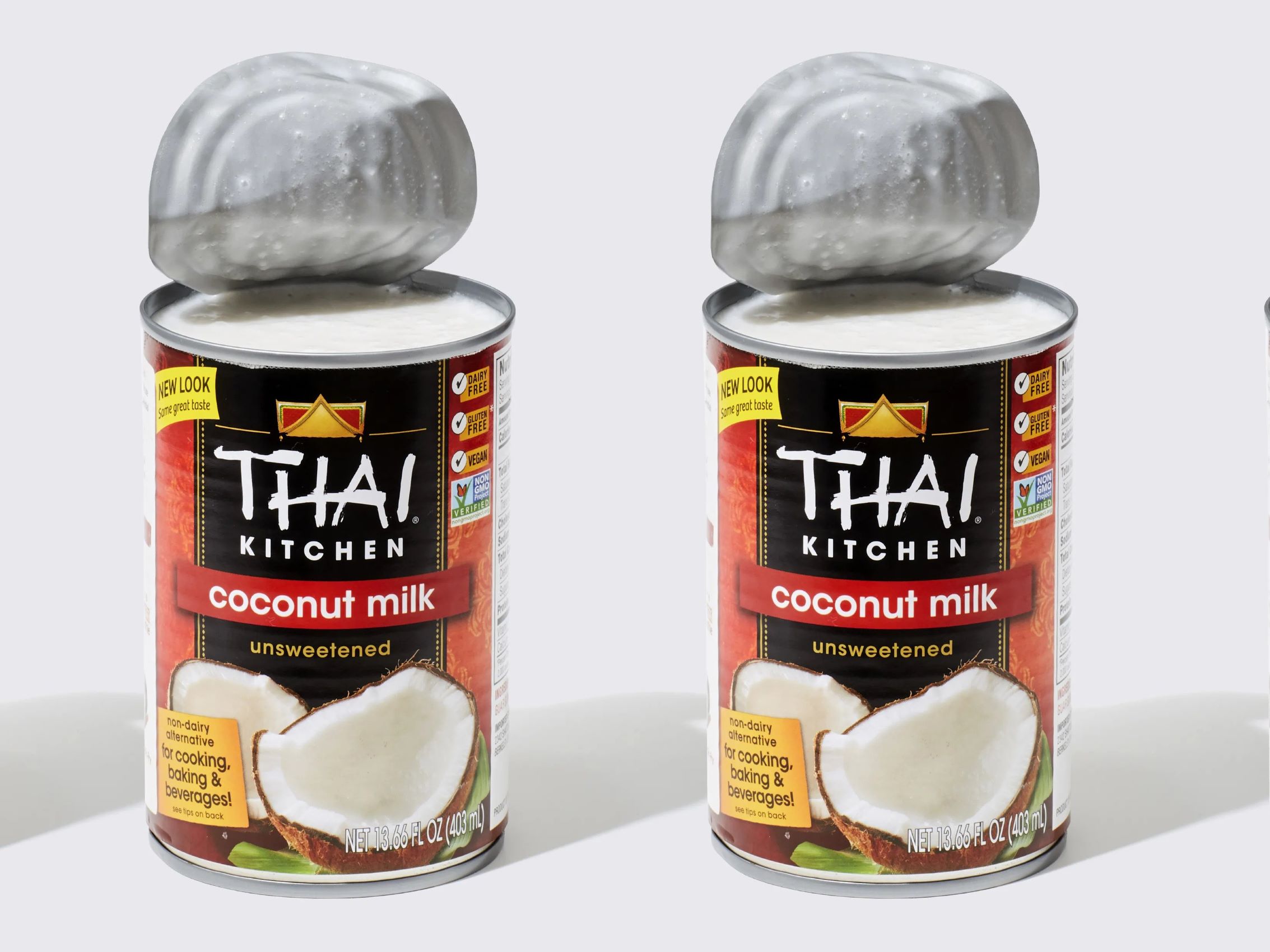
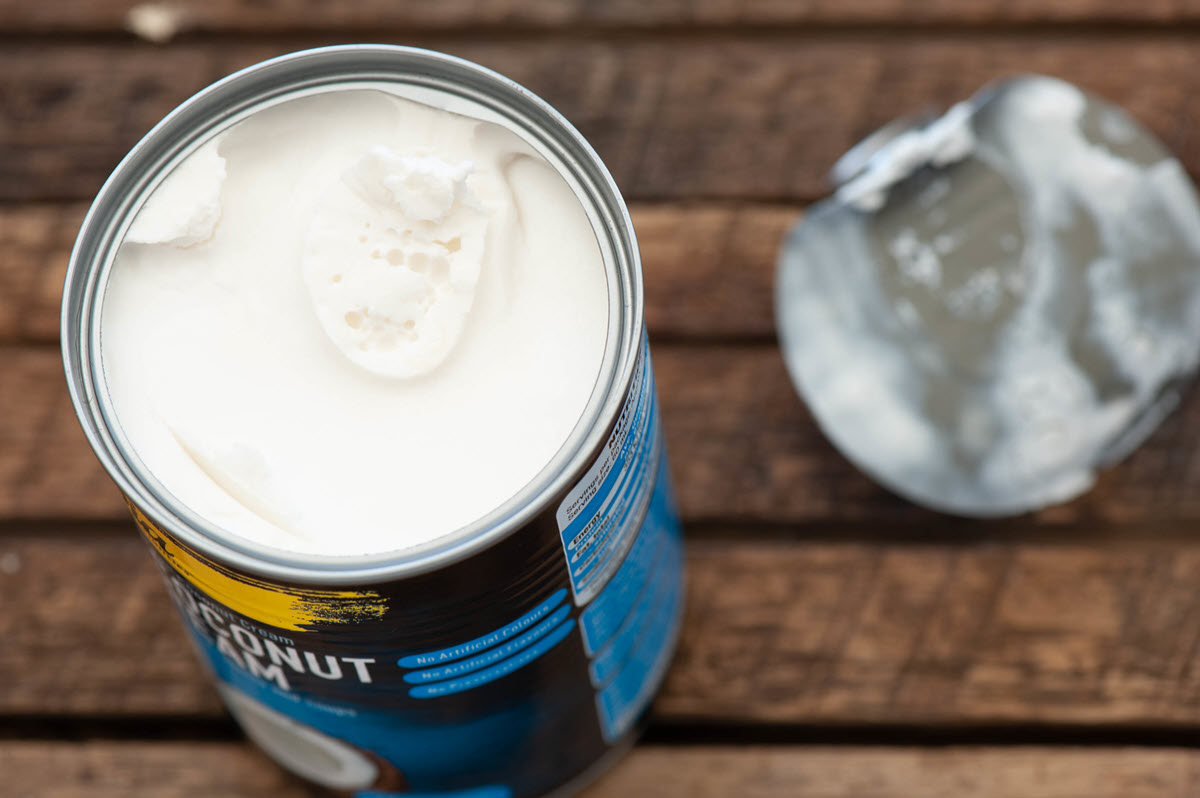
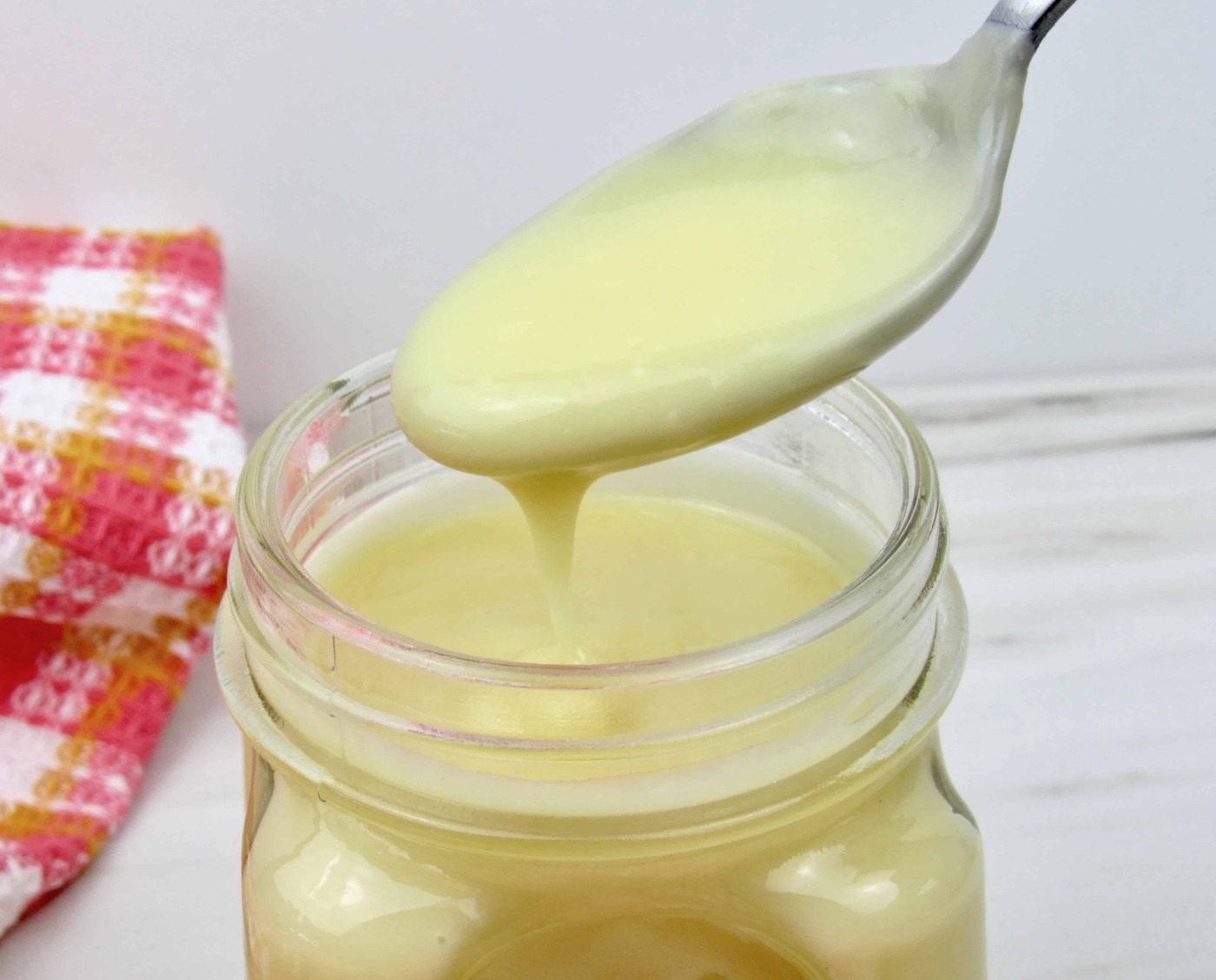
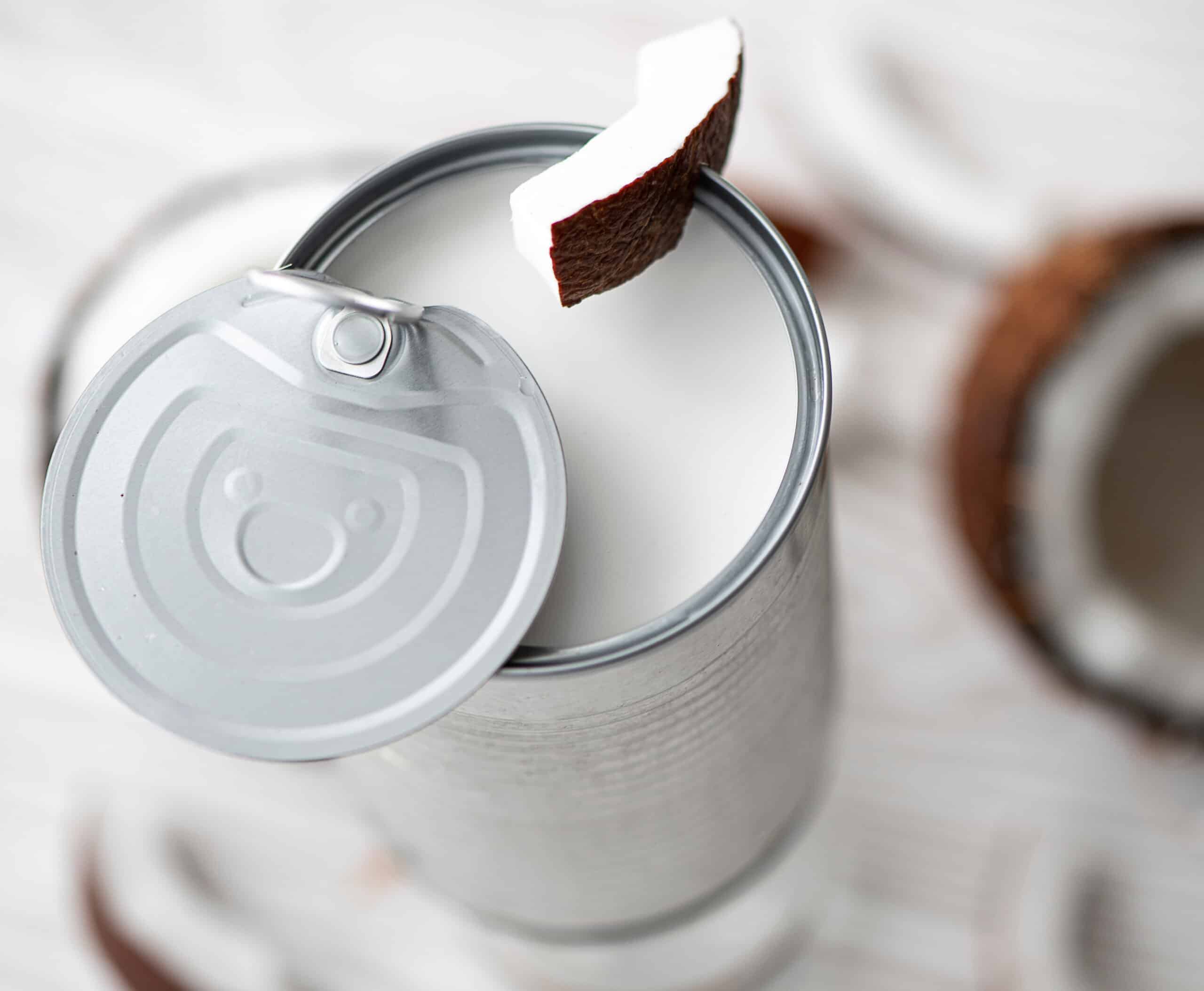
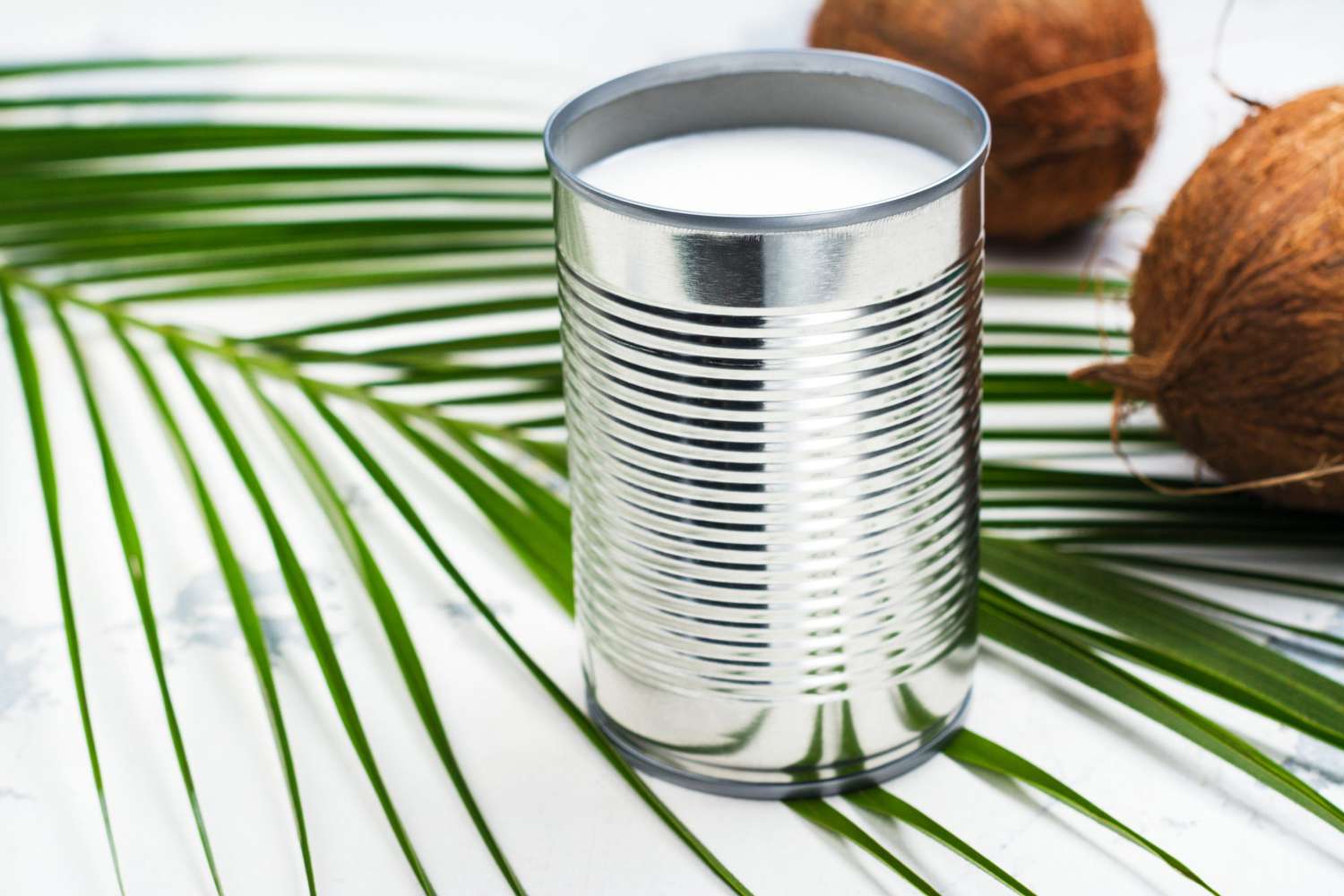
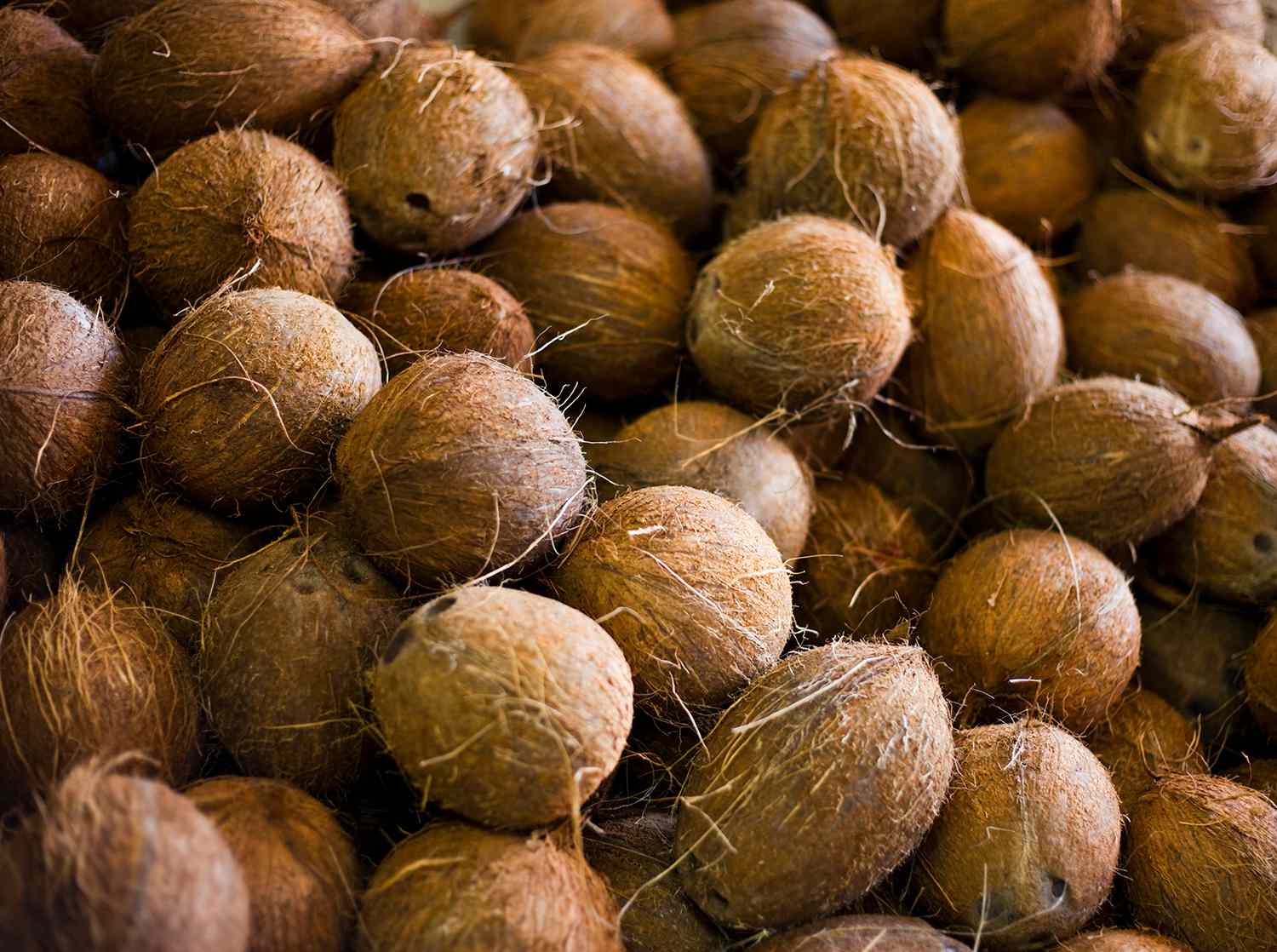
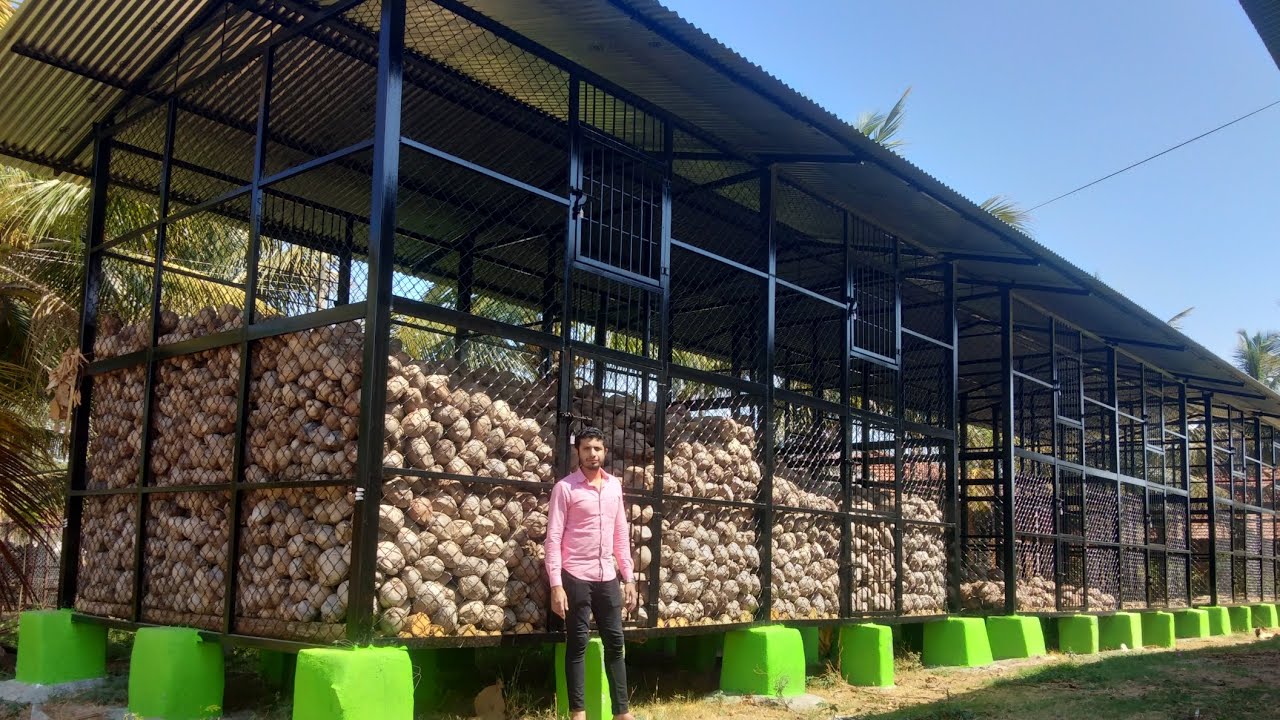
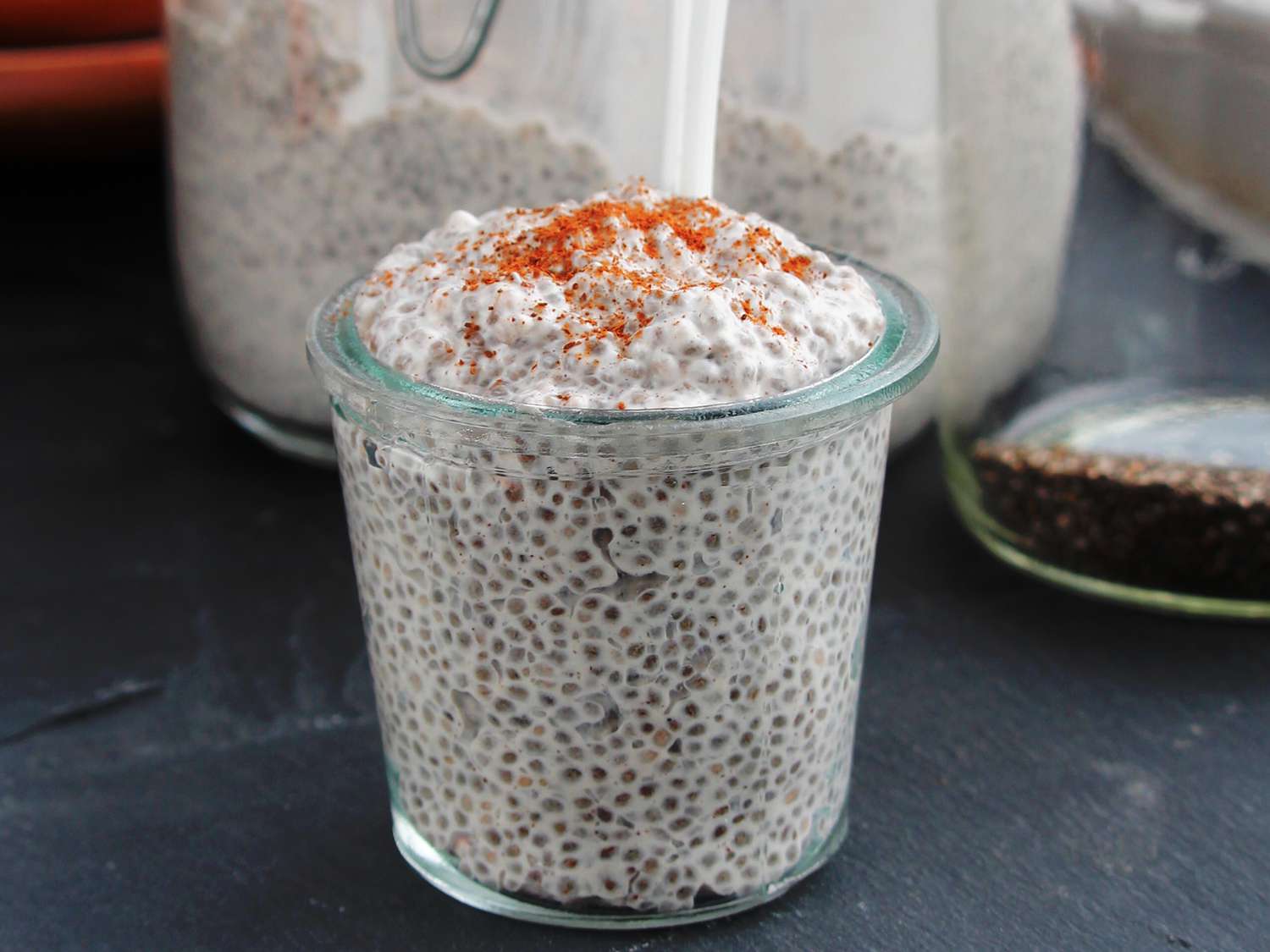
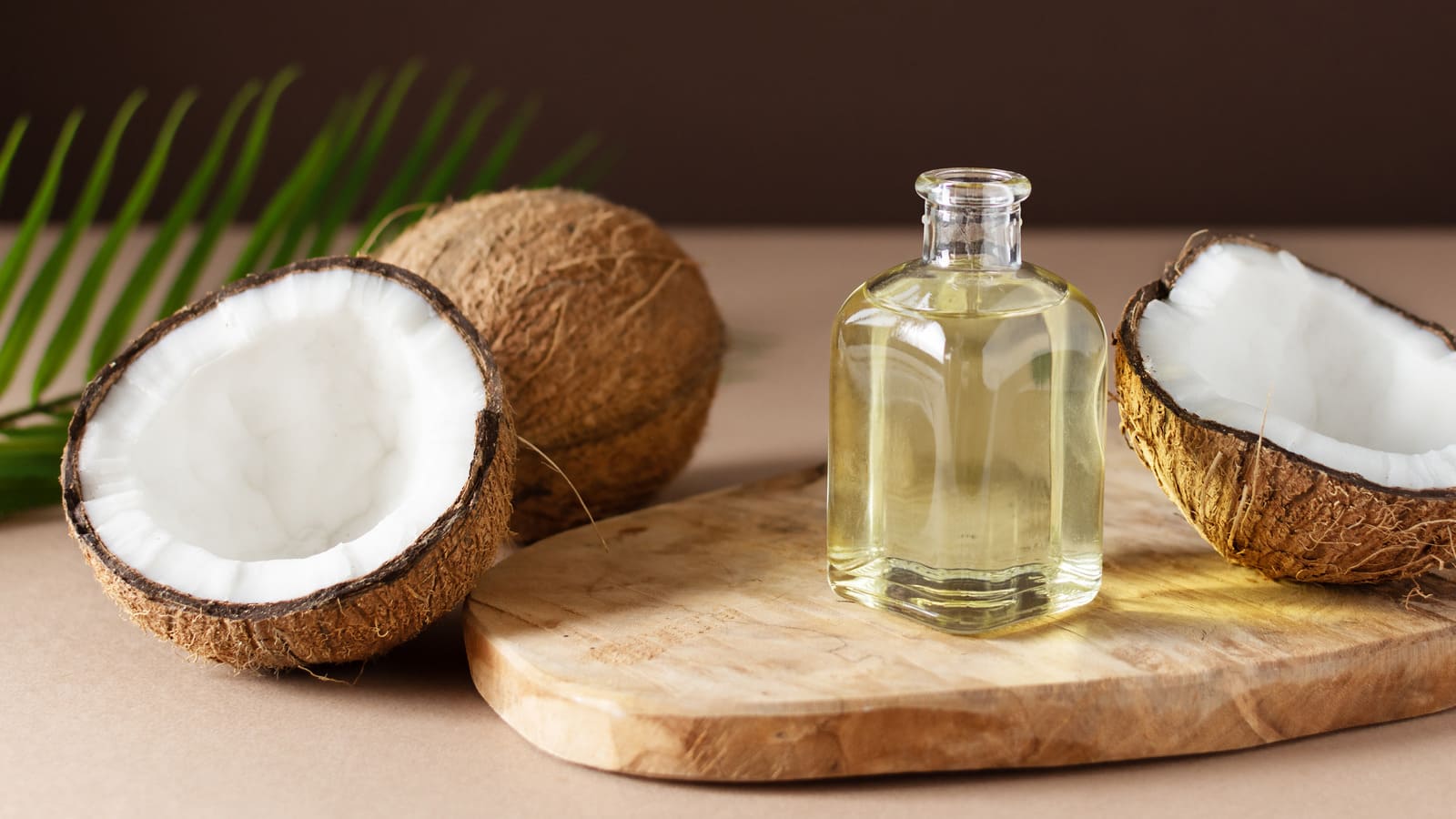

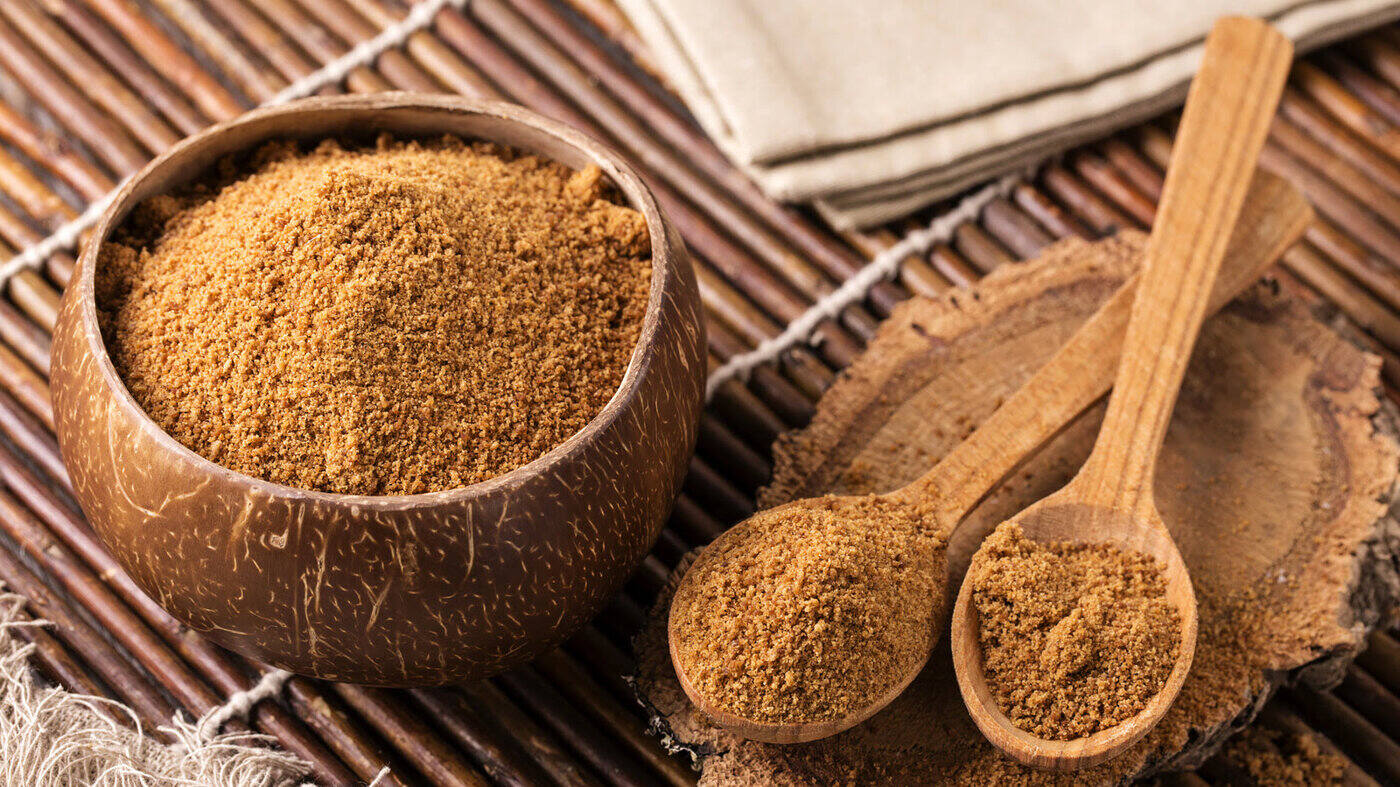
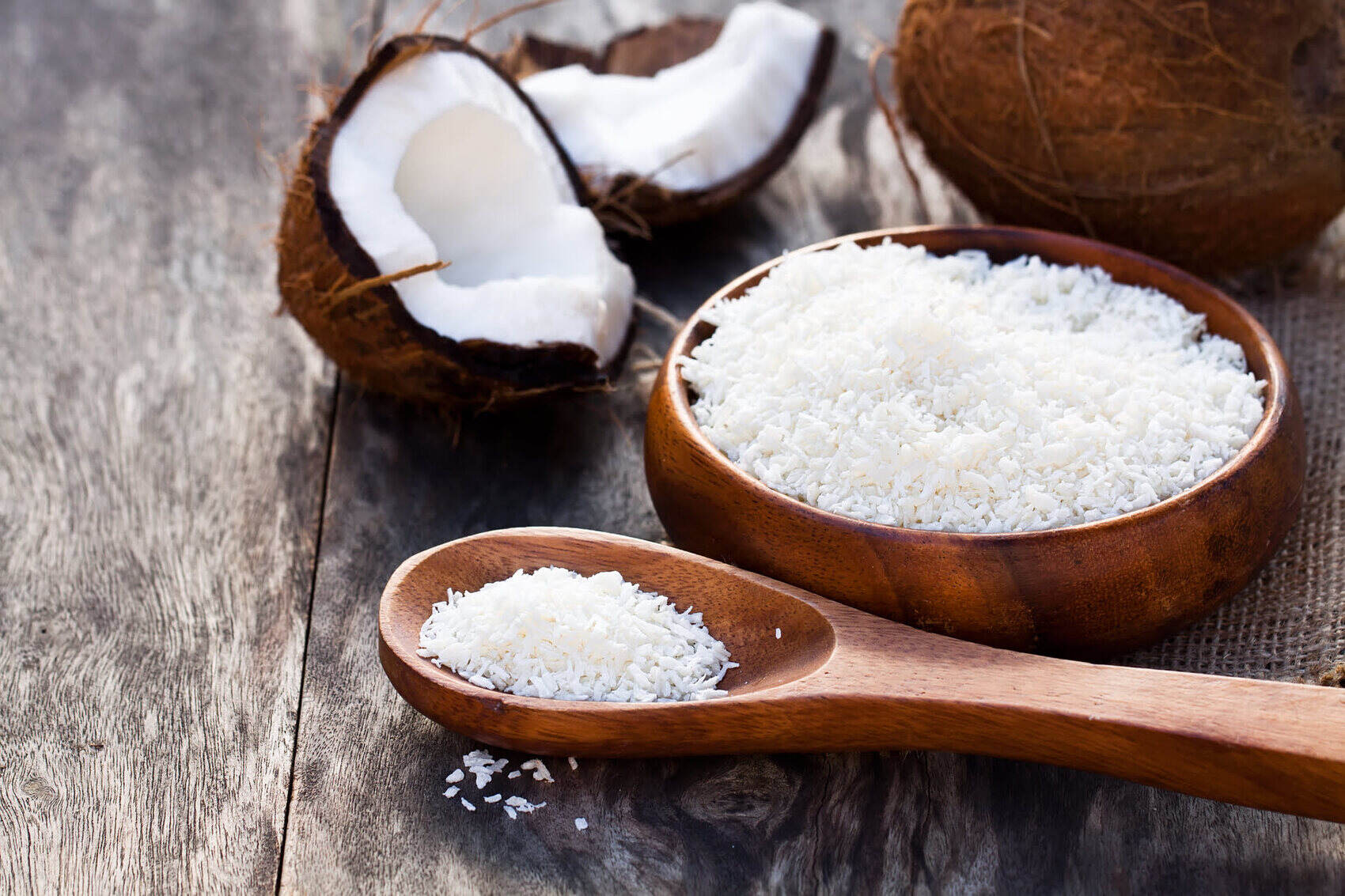

0 thoughts on “How To Store Leftover Coconut Milk”